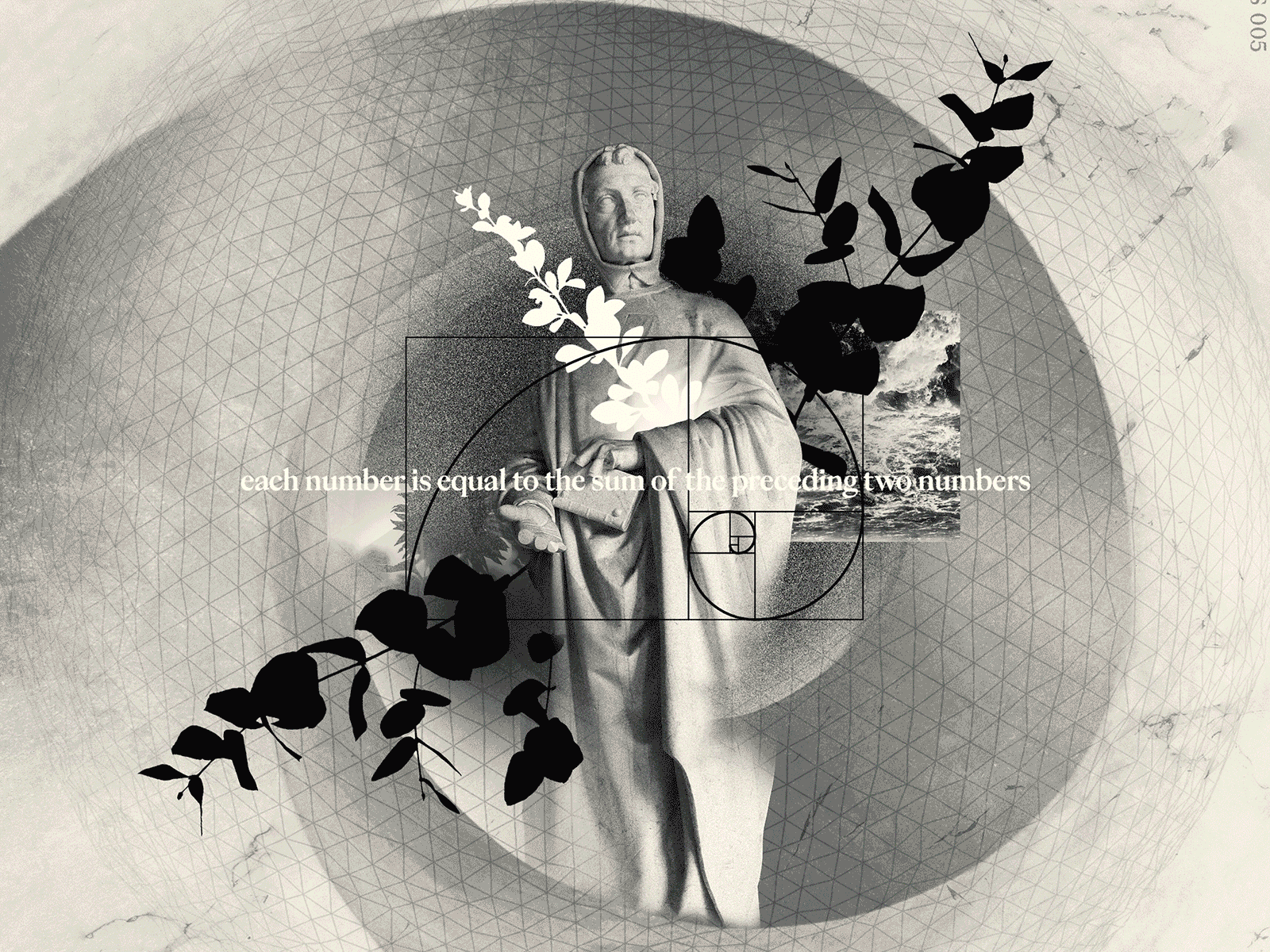Mysteries - Prints / Digital Collectibles
An open edition series of print-ready digital collectibles inspired in the biggest mysteries of the universe.
TWIN PRIME features Euclid (300BC), the 'Father of Geometry', who helped set the foundations to mathematics as a science, influencing the study of primes and puzzles like twin primes in his book 'Elements.' Also featured: Alan Turing—foundational in the development of computer science and AI—meets ancient, Egyptian mathematics in the Rhind Papyrus of 1550 BC. A journey through the history of prime numbers.
FRACTALS features Polish-French mathematician Benoit Mandelbrot (1924-2010). Considered the 'Father of Fractals', his passions were 'the art of roughness' of physical phenomena and 'the uncontrolled element in life'.
ORBITS features a familiar name to cosmonauts: Johannes Kepler (1571-1630), astronomer, mathematician, and philosopher who discovered the Earth and other planets orbit the Sun in elliptical paths. Also featured are Isaac Newton and Albert Einstein, who at different points in history contributed to the study of celestial bodies and the nature of their orbital trajectories.
An odd sketch can also be seen. From 'Astronomia Nova' (1609), Kepler's book containing the results to a 10-year investigation on Mars' orbit. It means to explain the red planet's apparent retrograde motion.
GOLDEN RATIO one more time features Euclid (300BC), known for establishing the foundations of geometry that largely dominated the field until the early 19th century. The golden ratio is a mathematical constant approximately equal to 1.618. It occurs when the ratio of two quantities is the same as the ratio of their sum to the larger quantity. This unique proportion has fascinated mathematicians, artists, and architects for centuries, appearing in nature, such as the spirals of shells and the arrangement of leaves, and influencing design and aesthetics in art, architecture, and even financial markets.
FIBONACCI features Leonardo Pisano Bigollo (1170–1240) considered the most talented mathematician of the Middle Ages. His work on arithmetic, algebra, and number sequences laid the groundwork for modern mathematics and finance.





